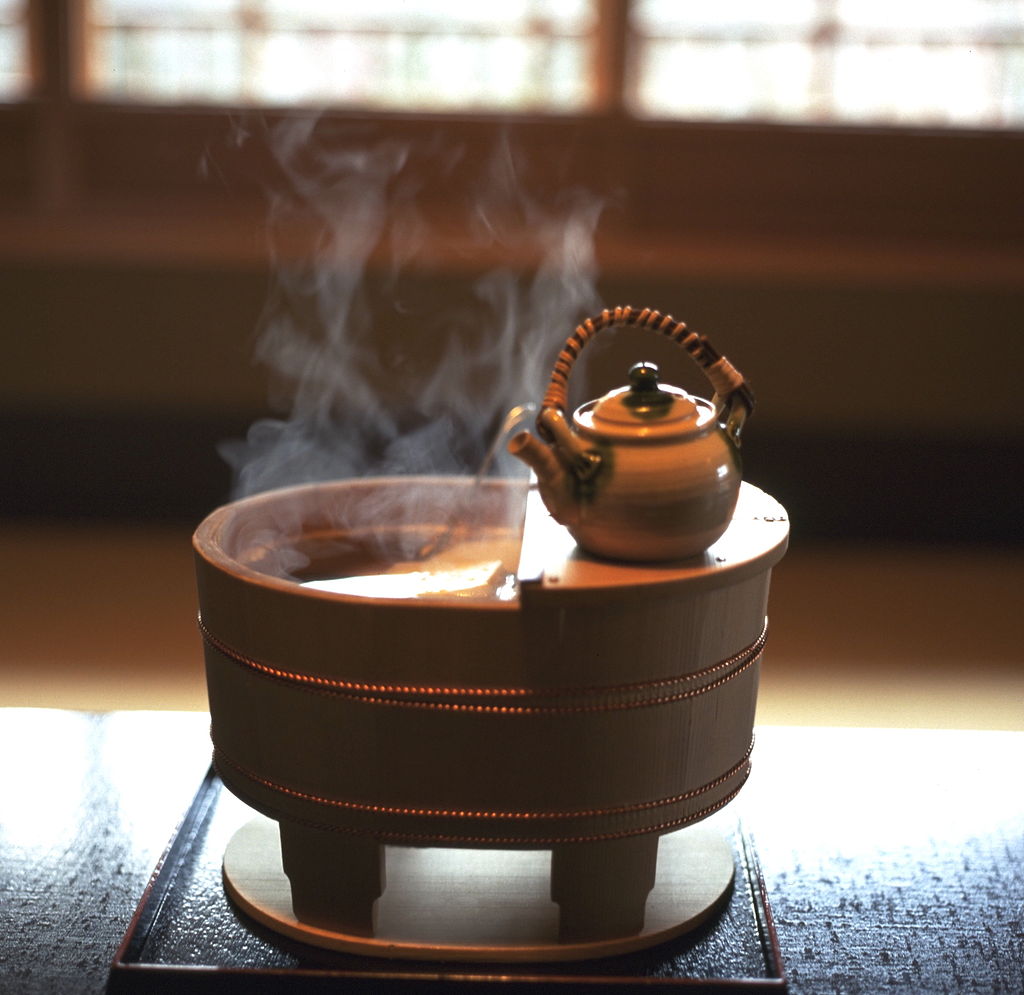Jan 15, 2021
Popular Winter Meals in Kansai
Japan is a country that prides itself on distinct seasonal dishes, with winter being the time when the hotpots traditionally come out, and people warm themselves up with tasty broths. But it’s not just about soup-based meals. There are many different popular types of cuisine, and each region has its own distinct take on national classics. Here are a few worth checking out from the Kansai region.
Shabu Shabu
Shabu Shabu is a hot pot (nabe) dish that originated in Osaka in the 20th century, encompassing a twist on old Chinese hot pot recipes. It’s a great winter sharing dish that differs from traditional hot pots as each ingredient is dipped and cooked in the pot individually, similar to European fondu cuisine. Shabu Shabu translates as ‘swish swish’ and comes from the swishing sound that the ingredients make when dipped into the pot. The broth is made from hot water and kombu seaweed. Ingredients dipped include meat (usually beef but can be other meats or fish), tofu, and vegetables. Cooked items are then dipped in soy, ponzu, or sesame sauce. Meals can also be served with a side of noodles, steamed rice, or grated daikon.
Yudofu
Translating as ‘hot tofu,’ this popular winter dish originated in Kyoto among Buddhist monks as a way of maximizing protein to keep warm for long periods during cold temperatures. It has endured and is served in many Kansai restaurants today. Tofu pieces are boiled in a dashi broth and then enjoyed with a condiment such as soy or citrus ponzu sauce. Occasionally to mix things up, additional ingredients are added to the broth, such as vegetables or grated wasabi.
Nikujaga
A western-influenced Japanese dish that is a twist on a stew, Nikujaga (which translates as ‘meat and potatoes’), came about when locals adapted British Royal Navy stew dishes in the 19th century. It is a winter classic consisting of meat, potatoes, and vegetables cooked in a broth of hot water, sake, dashi, and soy sauce and are typically served with a side of boiled white rice or miso soup. The Kansai variety is usually made with beef, whereas it’s made with pork in the eastern Kanto region.
Wakayama Ramen
The Wakayama Ramen served in the prefecture’s Ide Shoten restaurant is a bona fide regional specialty that draws in tourists from all over the world. Ramen is one of the most well-known Japanese dishes that consists of noodles served in a thick broth. The Wakayama variety is chewy noodles bathing in a rich broth of pork bone and soy sauce. The legendary Ide Shoten variety is served with an optional topping of hard-boiled eggs and mackerel sushi.
Tecchiri
Tecchiri is another Japanese hot pot dish. It’s made using a seaweed broth and includes a selection of fine vegetables, including Chinese cabbage. This particular hot pot’s singularly distinctive feature is Japanese pufferfish (fugu). This highly poisonous fish has to be specially prepared by a qualified chef and is treated as a delicacy across Japan, usually at quite a cost. Tecchiri is a distinct Kansai dish served with ponzu or soy sauce.
Chawanmushi
This soup dish roughly translates as ‘steamed in a teacup.’ It’s a custard-style soup that’s often served as a starter or appetizer but can be made into a main course. The custard base is an egg mixture usually flavored with dashi, soy, mushrooms, tofu, or shrimp. Chawanmushi can be served hot or cold, so it is suitable throughout the year. It is commonly garnished with carrot shavings or Japanese parsley.
Photo by Joi Ito from Inbamura, Japan (Flickr.com – image description page) [CC BY 2.0 ], via Wikimedia Commons


About the author